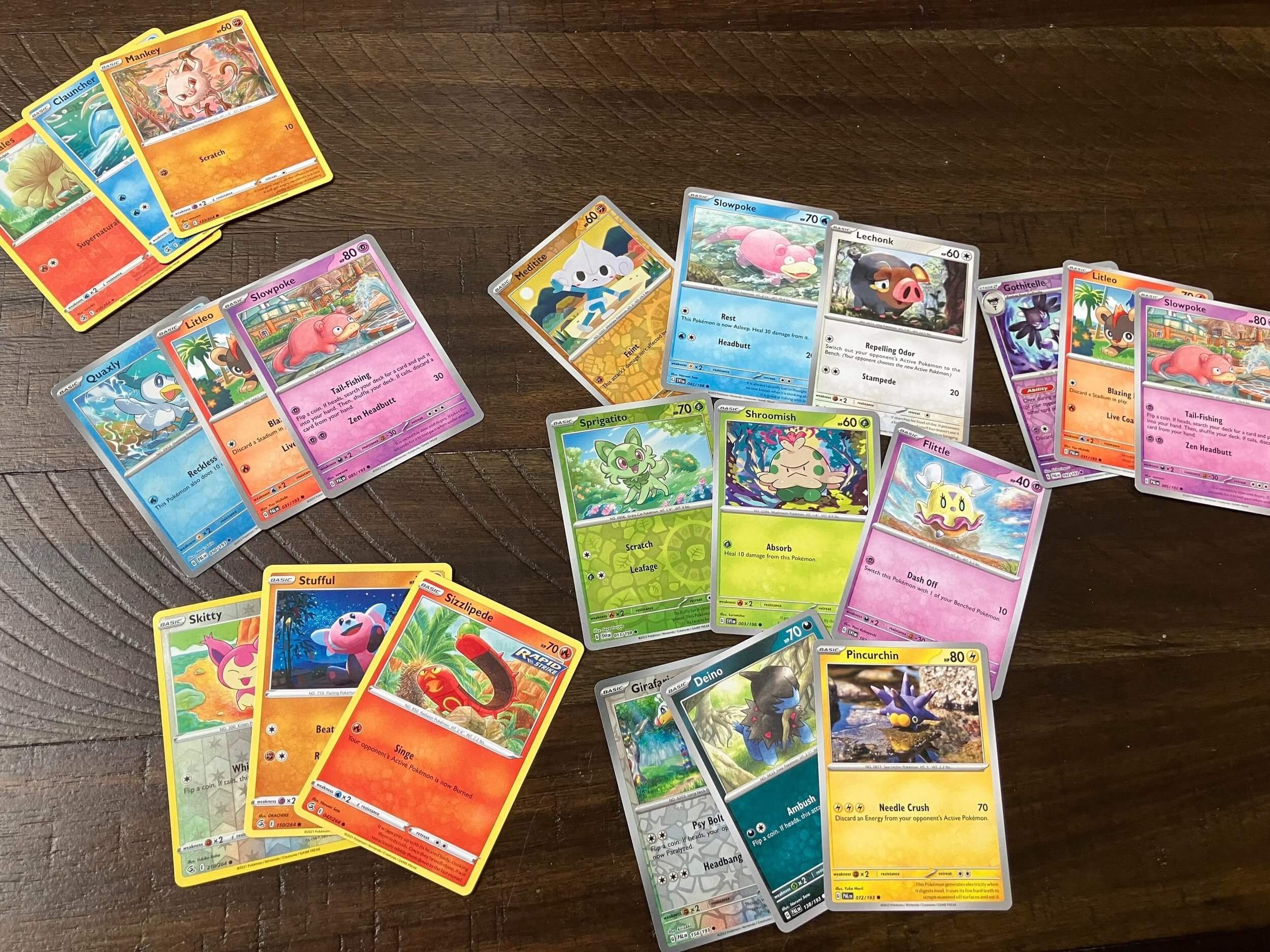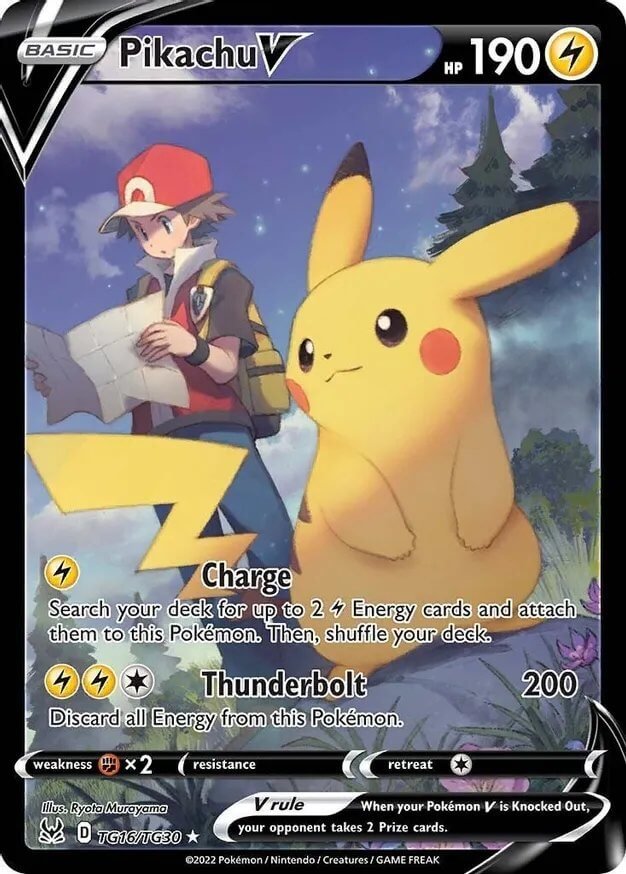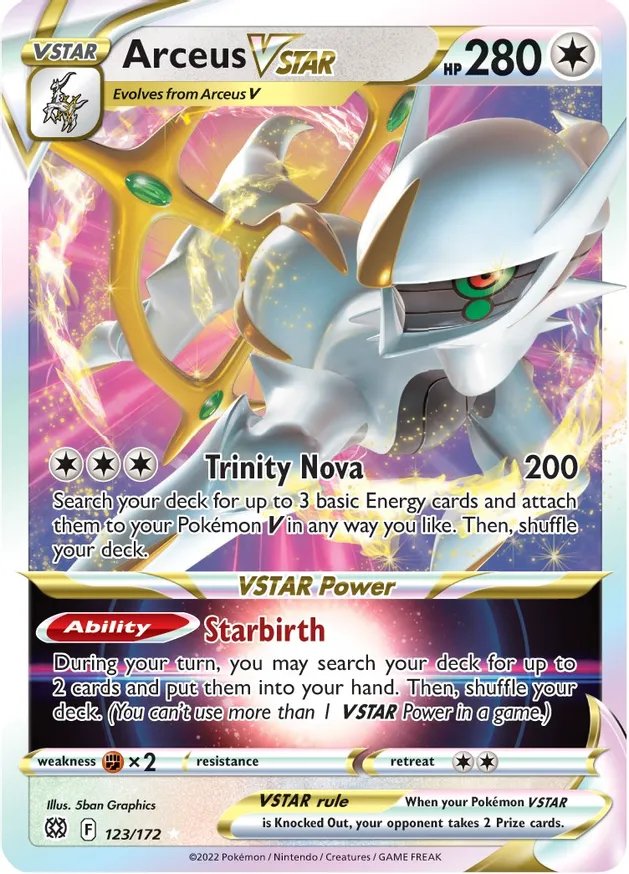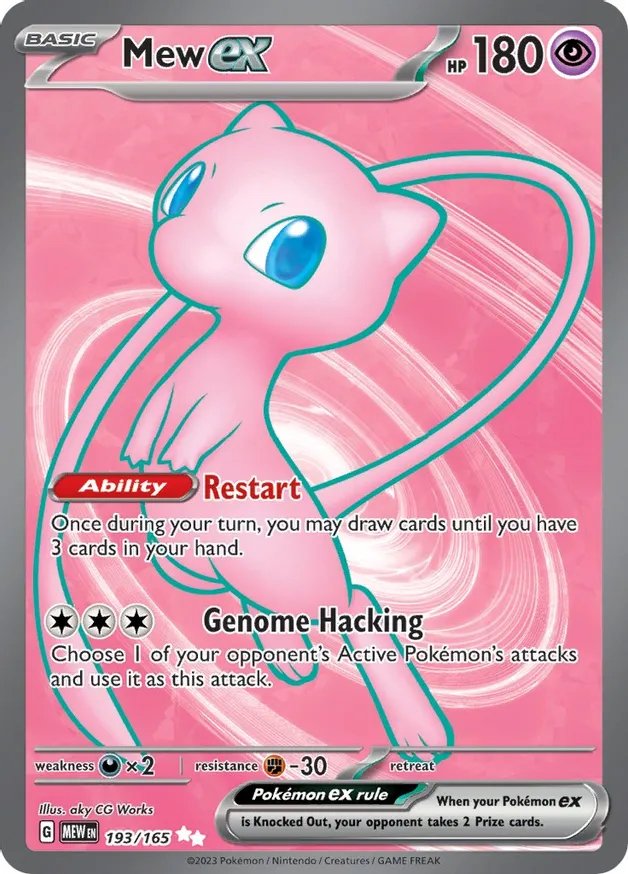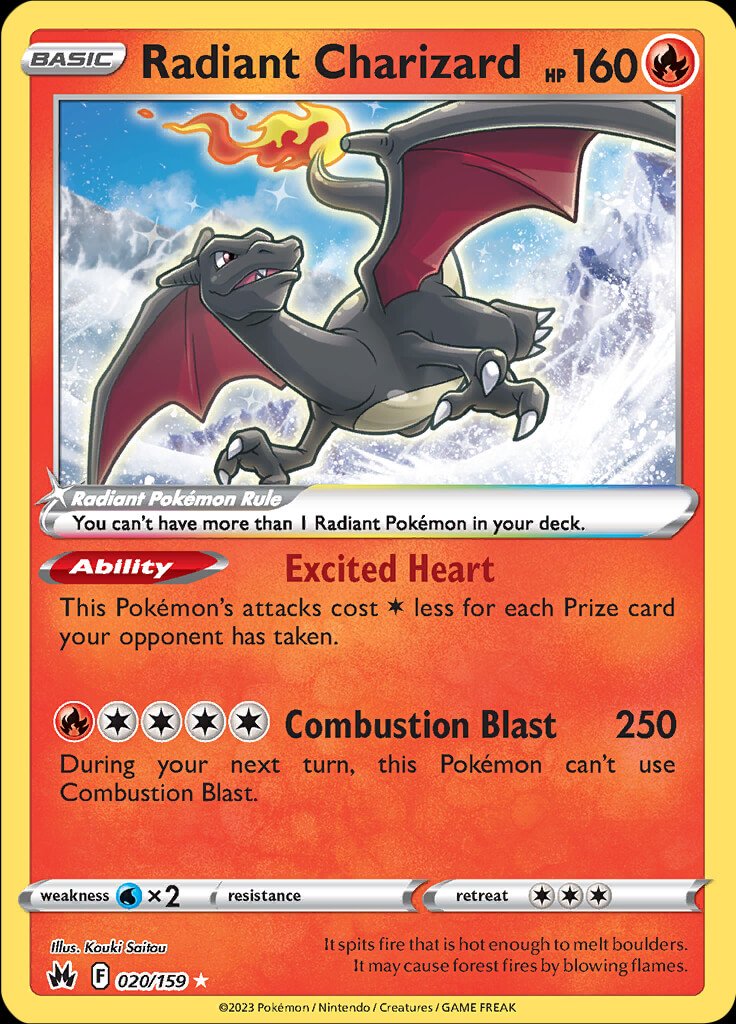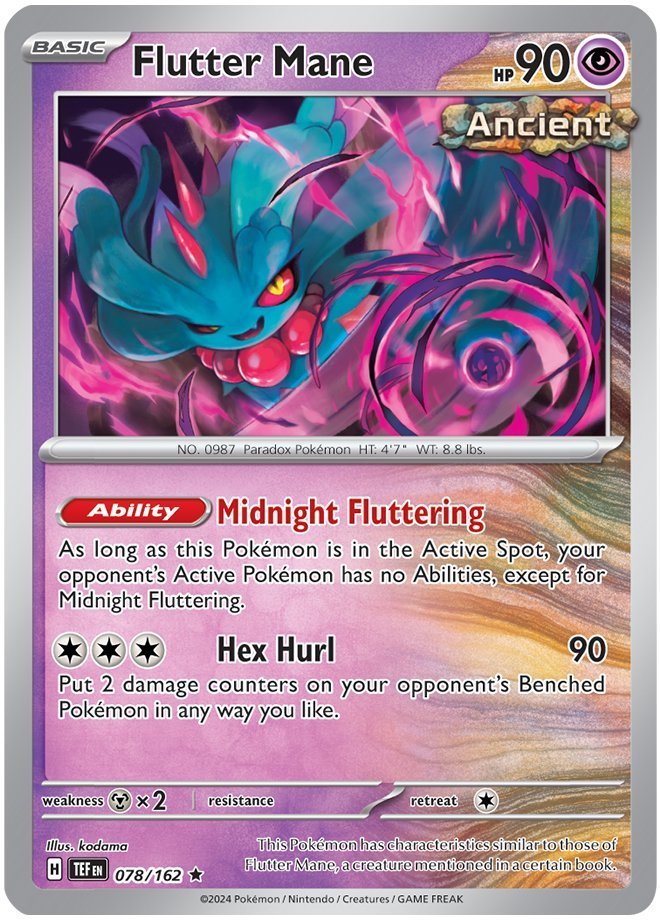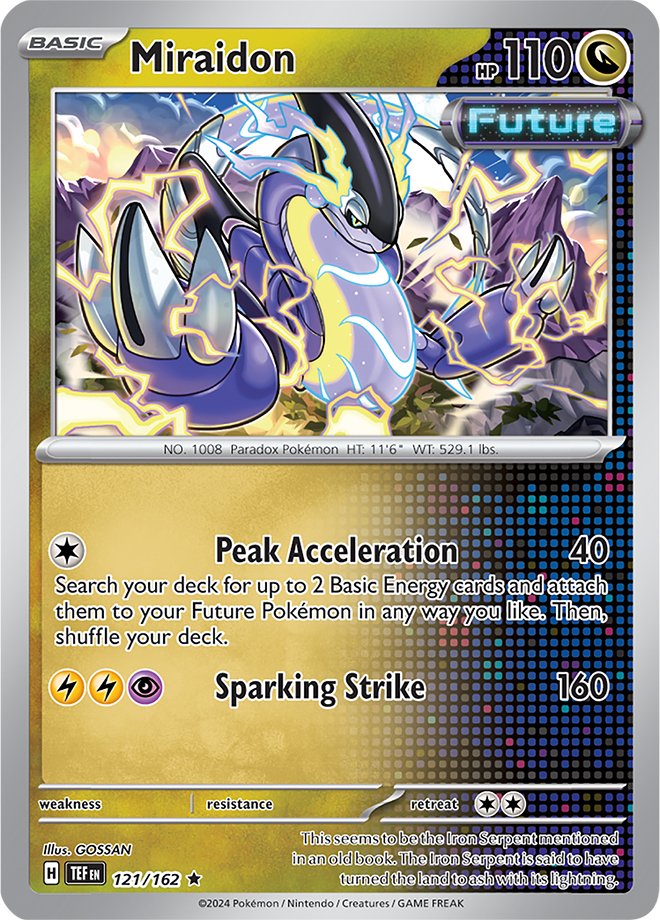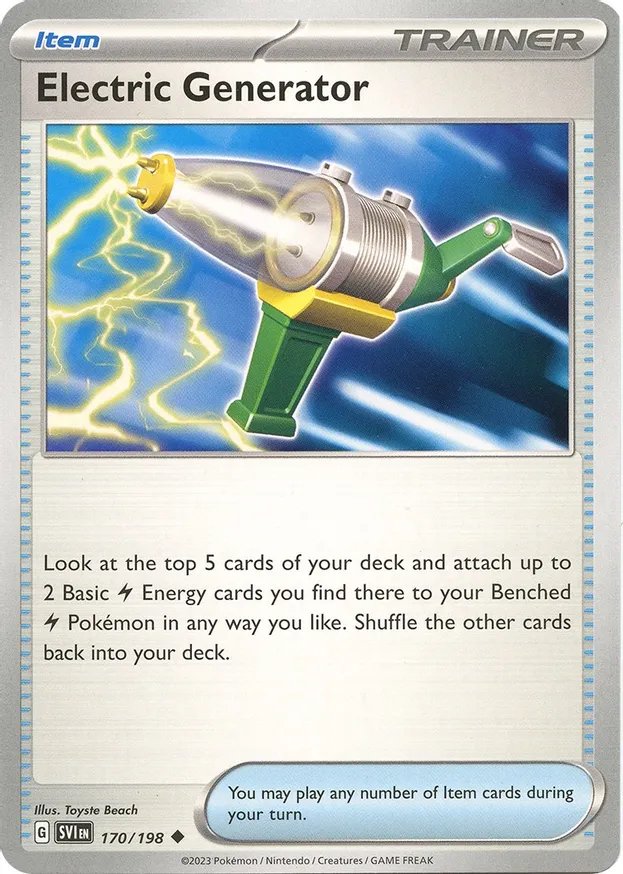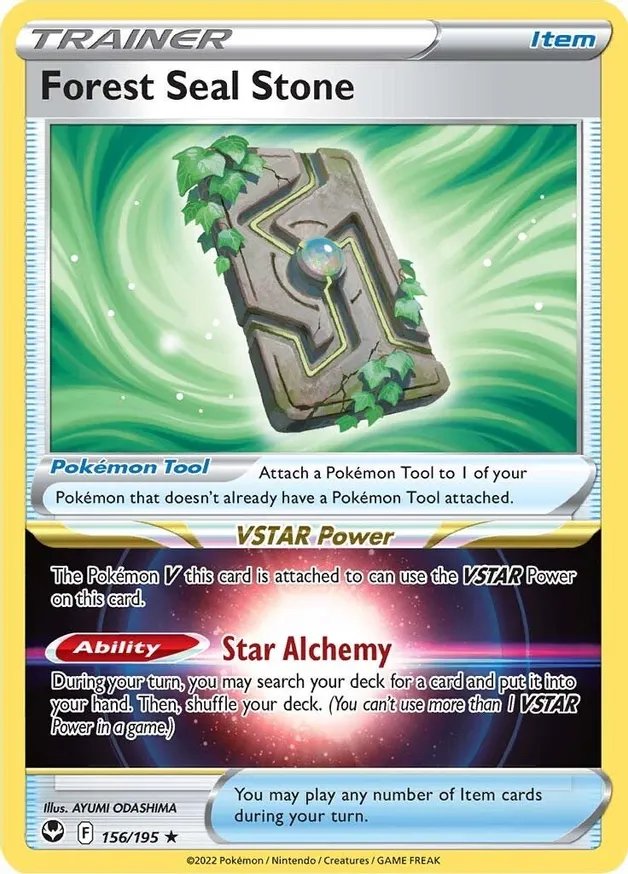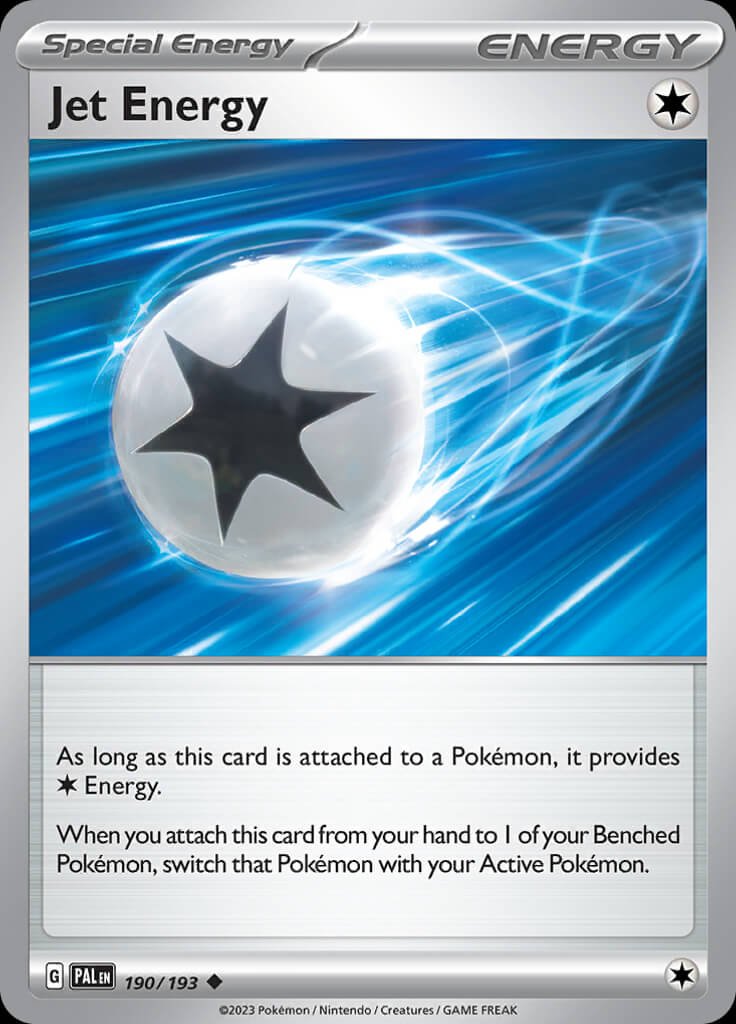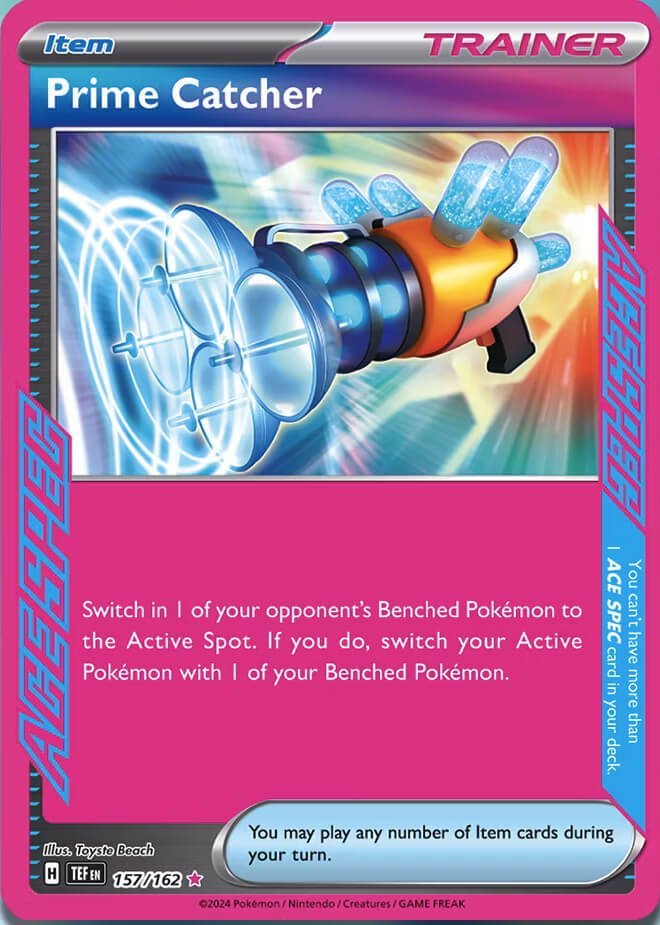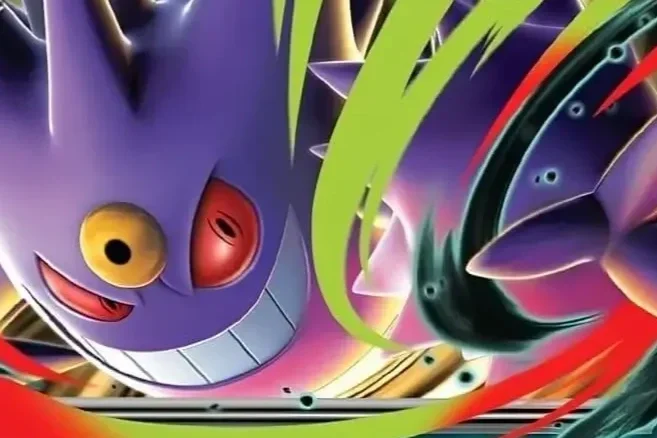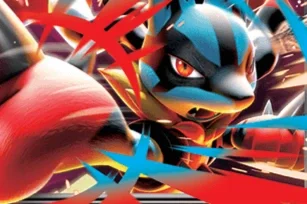How to Build a Pokemon TCG Deck in 2024 – The Complete Guide
Want to learn how to build a Pokemon TCG deck?
When I was first learning the Pokemon Trading Card Game, I was a little overwhelmed. Where do you start? A lot of the starter decks you found at stores back then were hardly tournament ready. They came with supporters that let you draw a few cards, and Pokemon with no abilities that seemed to serve almost no relevant purpose.
When we took those starter decks (combined with a few upgrades from booster packs) online and tried to battle on the Pokemon TCG Online rank ladder, we got mercilously crushed by actual decks.
So how do you build a Pokemon deck that can actually win at a competitive level? We asked the question, we did the tests, and we learned the hard way so that you don’t have to.
*Updated March 18, 2024 to fit new cards and mechanics in the Pokemon TCG standard format.
Pokemon How to Build a Deck – The Basics
Before getting into the more complex stuff, let’s start with the very fundamental aspects of Pokemon deck building. By reading this, you’ll basically be able to skip the intro level step that those lower tier Pokemon decks you find at the store are supposed to fill.
After reading this section, you’ll know:
What the different types of Pokemon cards are.
How many of each different type should typically be included in a deck.
Pokemon Card Types
There are several different Pokemon card types that you will need to be aware of. Broadly speaking, Pokemon cards fall into one of three buckets.
Pokemon
Trainer cards
Energies
That being said, there are several different types of cards that fall within those three broader categories.
Pokemon
Right now in the standard format (more on that later), there are several different types of Pokemon you need to know about. I’m not talking about their element typing (grass, fire, water etc…). Specifically, I’m talking about rule-box Pokemon vs non rule-box Pokemon.
Those of you already familiar with Pokemon from the games will already understand the difference between basic Pokemon and stage 1, and stage 2, as well as the different types and weaknesses of Pokemon (grass, fire etc.). However, rule boxes are unique to the Pokemon TCG world.
Single-prize non-rule box Pokemon
Non rule box Pokemon are just your regular, run of the mill Pokemon cards. There’s no special rules around them – what you see is what you get. Usually, the majority of the Pokemon cards in your deck will be non rule box cards.
But just because non-rule box Pokemon tend to have less HP and dish out less damage than their rule box counterparts that doesn’t mean they don’t have their advantages. For starters, many of them have incredible abilities that make up the backbone of your deck strategy. Other than that, your opponent only takes one prize when they are knocked out, making them incredibly valuable in their own way.
Rule-box Pokemon cards
However, rule box Pokemon are vital cause they tend to be the main attackers in your deck.
Let’s go over the different types of rule box Pokemon, and what you need to know. In standard right now, there are five different types of rule box Pokemon. These are:
Pokemon V
Pokemon VMAX
Pokemon VSTAR
Pokemon ex
Radiant Pokemon
Pokemon V
Pokemon V are strong Pokemon that appear in basic form (regardless of their usual evolution stage) and give two prizes when knocked out
Pokemon V are quite unique in that they are considered basic Pokemon regardless of the stage they might normally be otherwise. For example, a Charizard may be a stage 2 Pokemon under regular circumstances. But you can have a basic Pokemon V, enabling you to play a much stronger than usual card onto your bench without having to evolve it.
However, to help balance this powerful card out, there’s a cost. When your opponent knocks out one of these powerful Pokemon V, they get two prize cards.
Pokemon VMAX
Pokemon VMAX are the evolved forms of Pokemon V. They are gigantimax versions of the evolved Pokemon that you can play immediately as Pokemon V (a mechanic stemming from the Sword & Shield era games).
While Pokemon VMAX see considerably less play these days, you will come across them, and Mew VMAX is still very much a popular deck.
Pokemon VMAX have massively high HP for having to just be evolved once. Their trade off, however, is equally high, giving your opponent three prize cards when they are knocked out.
Pokemon VSTAR
Pokemon VSTAR evolve from Pokemon V. They have less HP than Pokemon VMAX but also have powerful abilities you can use once per game.
Pokemon VSTAR also evolve from Pokemon V. And while their HP tends to be lower than their VMAX counter parts (only affording your opponent two prize cards when knocked out) they also include a special, once per use ability called a VSTAR power or ability.
The most popular VSTAR in the game is arguably Arceus VSTAR (which was also one of the very first VSTAR Pokemon introduced to the game).
Pokemon ex
Pokemon ex have high HP and strong attacks/abilities, but afford two prizes when knocked out.
The current two-prize Pokemon (Pokemon card that affords two prizes to opponent when knocked out) is the Pokemon ex. Unlike Pokemon V, Pokemon ex function more like regular Pokemon cards in that they need to be evolved like normal (no stage 2s being benched right away as if they were basics etc…). Their HP also tends to go inline with the level of evolution that they are. While you will find basic Pokemon ex like Chien-Pao with inflated HP, it takes a stage 2 Pokemon to reach the HP ceiling that was previously reserved for Pokemon VMAX.
Pokemon ex don’t have special moves like Pokemon VSTAR. However, they are quite powerful, and as previously mentioned give your opponent two prize cards when knocked out.
Radiant Pokemon
The last rule box Pokemon we’ll talk about is also quite unique. Unlike all the other rule box Pokemon on this list, Radiant Pokemon don’t give your opponent extra prize cards when knocked out. They work almost exactly like regular, non rule box Pokemon except that they have one special ruling – you can only have one copy of a single Radiant Pokemon in your deck. This means that if you play the popular Radiant Greninja, for example, you can only have one copy of it in your deck, and you can’t play any other Radiant Pokemon.
Paradox Pokemon
In addition to different card types, Pokemon in the Pokemon TCG will often have additional classifications that have an impact on gameplay. Right now, the most important additional classification to know about are the Future and Ancient Pokemon.
In-and-of themselves, these clasifications don’t do anything. However, they certainly have a large impact when they interact with other Future/Ancient cards. In fact, entire decks can be built around being Future or Ancient decks.
To know whether a Pokemon card is Ancient or Future, look for the corresponding badge on the card.
How Many Pokemon Should Be in My Deck?
While when first picking up the game the temptation might be to include A LOT of Pokemon in your deck, you really shouldn’t have too many. Most competative decks in the current standard format have around 18 Pokemon. While that’s not a hard and fast rule, it helps you see that your deck should run somewhere in the neighborhood of 25% Pokemon, and rarely more than 30%.
Different Types of Trainer Cards
Trainer cards are more varied than Pokemon cards with very different rules surrounding the different types.
In general, however, you will have four different types of trainer cards. These are:
Items
Tools
Supporters
Stadiums
Items
Items like Electric Generator can be played as often as you like during your turn.
Items are your most commonly used type of trainer card, and what’s great about item cards is that you can play as many of them as you want during your turn.
Tools
Pokemon Tools are attached to your Pokemon, and Pokemon can only have one tool attached at a time.
Recent changes to the game have made it so that Tools are not considered items. You can still play as many of them as you want, but you can’t use cards that search for items (like Mew from Celebrations) to pull tools.
Tools get equipped to your Pokemon and have effects that impact usually just that one Pokemon it is equipped to.
Supporters
Supporters have powerful effects, and can only be played once per turn.
Supporters are your most powerful option when it comes to trainer cards. In fact, they are so powerful that you can only play one of them per turn. Typical competitive Pokemon decks usually run 7-10 of these cards.
Stadiums
Stadiums grant effects to the entire board – you and your opponent. Popular Stadium cards include Path to the Peak – a stadium which shuts off rule box Pokemon’s abilities. Like supporters, you can only play one stadium per turn, and it has to be a different stadium than the one already in play. Only one stadium can be in play at any given time, and when you play one, you discard the one in play.
Typically, you will only run around 4 stadiums or less in your deck.
Additional classifications for Trainer cards
In addition to the Trainer card types above, trainers can also have additional classifications similar to Paradox Pokemon. These appear either as Future or Ancient trainer cards. See an example below. Typically, these cards interact with other Ancient/Future cards to unlock additional benefits.
Take Techno Radar, for example. This powerful Item card lets you search your deck for two Pokemon of any type. That’s an insane card search ability. However, there’s a catch: those Pokemon have to be Future Pokemon to be brought to your hand in this way.
Energies
Last but not least, we have energies. Energies are vital to your deck, giving your Pokemon the resources they need to get off powerful attacks. While many new players tend to want to put too many energies into their decks, you don’t need as many as you might think. Most competitive decks run around 10 energy cards in their deck (give or take a few). The type of energy you will select will vary greatly depending on your deck.
Some decks do well running all basic energies of a given type, while others run mostly special energies.
Basic energies are the most common type of energy. They grant one energy of any given type. They can be searched and retrieved relatively easy from the deck or discard.
Special energies have special rules and usually can’t be searched or retrieved from the deck/discard (with a few notable exceptions).
Jet energy is a special energy popular in the Pokemon TCG right now
This is just a basic psychic energy.
ACE SPEC Pokemon Cards
Last but not least, you need to know about ACE SPEC Pokemon cards. Revealed in Temporal Forces, ACE SPEC Pokemon cards are very important aspect of deck building in 2024.
In brief, ACE SPEC Pokemon cards can be either items, tools, or energies. The really important thing about ACE SPEC, however, and why they warrant their entire own section is that you can only have one ACE SPEC card in your deck. Not just one of each type – one of any ACE SPEC.
In this way, you can think of ACE SPEC cards as being similar to Radiant Pokemon. Like Radiant Pokemon they are similarily incredibly powerful relatively.
A Typical Pokemon Deck Breakdown and Ratios
While every deck you build is going to look different, a typical deck will follow this typical breakdown in regards to numbers of different cards in the 60 card deck.
Pokemon cards: 18
Trainer cards: 30
Energies: 12
Pokemon Deck Breakdown by Card Type
How to Build a Pokemon Deck – Steps to Success
Now that we’ve covered our ground on the different types of cards, let’s go over building a Pokemon deck.
What we would suggest to start is to pick one of the current Pokemon standard meta decks and use those decks as the framework for your deck. These decks have been proven to be effective in tournaments, and largely optimized. You could pretty much take the list from one of these decks and build your own deck with them, making tweaks to fit your playstyle.
As you advance in your Pokemon TCG journey, you’ll get better and better at building decks, and could even explore off-meta decks that you want to try. However, starting with what has worked for others is the best place to start for you.
However you want to do it, follow these steps to build your Pokemon deck.
#1 Choose a Main Attacker
To begin, you will need to choose who your main attacker is. In Pokemon, most decks are based around a primary attacker. You will run around four copies of that attacker and its base form (if it has one) to ensure you can get it readily into play.
(there are decks that run a variety of attackers. Called “box” decks, these decks tend to be tricker to pilot than decks with one or two main attackers. We recommend starting with one attacker and then branching out).
We recommend choosing a main attacker from our list of top 10 best Pokemon decks to get you started.
#2 Research the Deck
Luckily we’ve done this for you, so if you go to that link we shared above, you will find current, detailed lists of the top performing decks and subsequent guides on how to play them.
#3 Edit Your List
Part of the fun of Pokemon TCG is getting to actively create and edit your deck to optimize it for you. While working from a meta deck list is a great starting point, the best players analyze the game and make adjustments they think will give them the edge.
It’s also important to take your own unique play style into consideration when deck editing. Choose cards and card counts that make sense for how you like to play, and don’t feel pidgen holed into the lists you find online. They are a starting point. Ultimately get to decide your actual list.
A great way to build and edit your decks is directly within Pokemon TCG Live. Lists can then be exported from there so that you can reference your list when shopping for your cards.
#3 Purchase Your Cards
While opening Pokemon sealed products is a fun activity for collectors, players are going to get more bang for their buck buying singles. We buy our Pokemon singles from either eBay or TCGplayer. Once you’ve come up with your list, head over there to find the best prices on Pokemon singles.
#4 Test and Refine
It’s very hard to go to a tournament and win without first testing and practicing with your deck. Luckily, Pokemon TCG Live gives you an ideal way to practice playing with your deck. While there is a test feature you can use, we recommend just diving in and testing your deck via real matches. This way you will know how your deck actually performs in a competitive environment.
As you play against strong opponents, you’ll realize what cards and card counts work.
Additional Rules to Keep In Mind When Building Your Pokemon Deck
Decks must have 60 cards
You cannot have more than four copies of the same card in your deck. Different versions of the same Pokemon count towards that four copy limit.
When playing standard (the format most tournaments follow), you need to keep in mind the special letter at the bottom of your deck. Right now, only cards with letters “F” or later are allowed at competitive play. You will want to build your deck accordingly.
You cannot have more than one Radiant Pokemon in your deck.
You cannot have more than one ACE SPEC card in your deck.
A Note on Draw Support
Despite all the emphasis on strong Pokemon and battle, the primary power of strong Pokemon decks lies not in combat alone but in the strength of its draw engine. This is why decks like the ever popular Mew VMAX deck have done so well on the competitive stage.
The best decks include a strong draw engine or card search engine to make sure you can get the cards you need when you need them.
For this reason, you will want to pay attention to a few supporter cards that are really effective at getting cards into your hand. Right now, the best draw supporters are:
Professor’s Research
Iono
Collress’s Experiment for Lost Zone decks
Irida for water decks
Best Draw and Card Search Engines in the Game
In addition to these strong draw supporters, most decks will have Pokemon cards that allow them to draw or search for cards. The most popular draw engines in the game right now are:
Comfey for Lost Zone decks
Arceus VSTAR
Pidgeot ex
Mew ex
Genesect V for Fusion Strike decks
Kirlia for Gardevoir ex decks
Xatu is a powerful draw supporter
While the list we shared of best decks earlier will help you sort this out, it’s a good idea to start your deck building journey leveraging one of these strong draw engine, and also including appropriate draw supporters to match.
And that’s it! That’s everything you need to know to get started building your own Pokemon TCG deck today!

